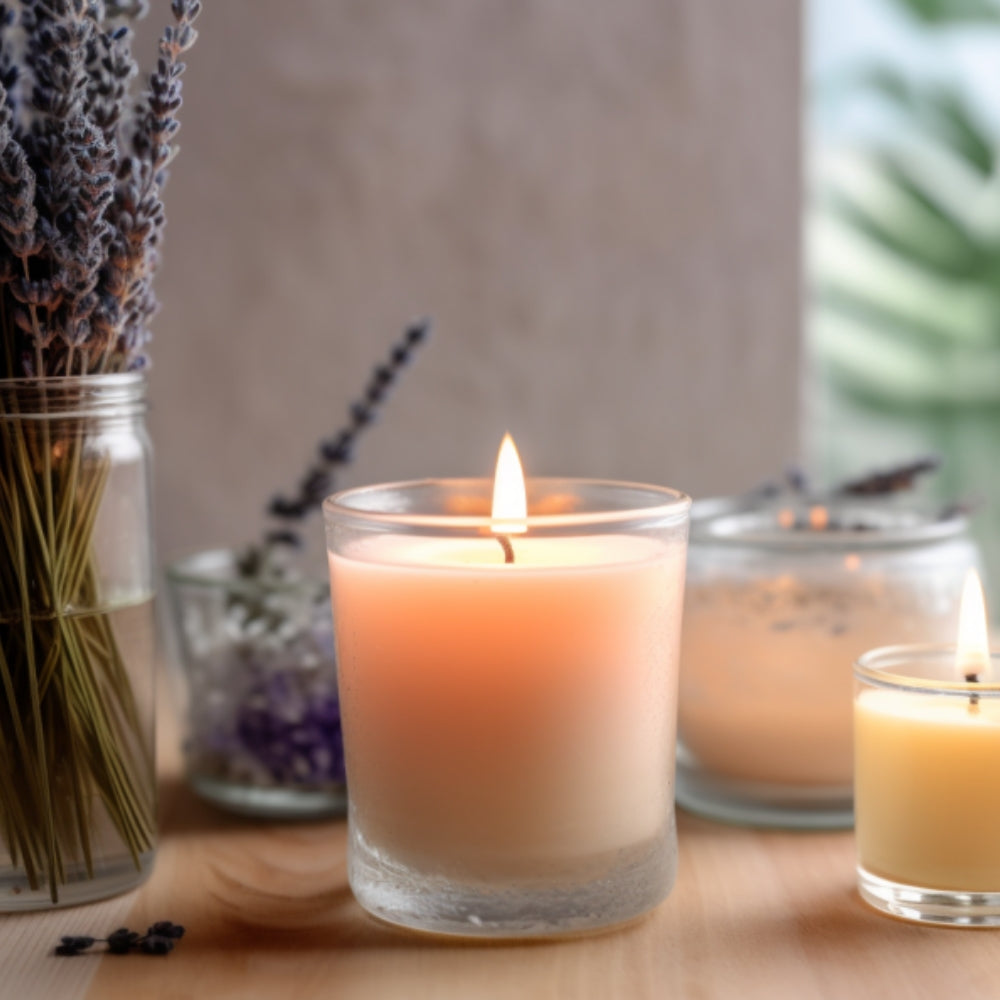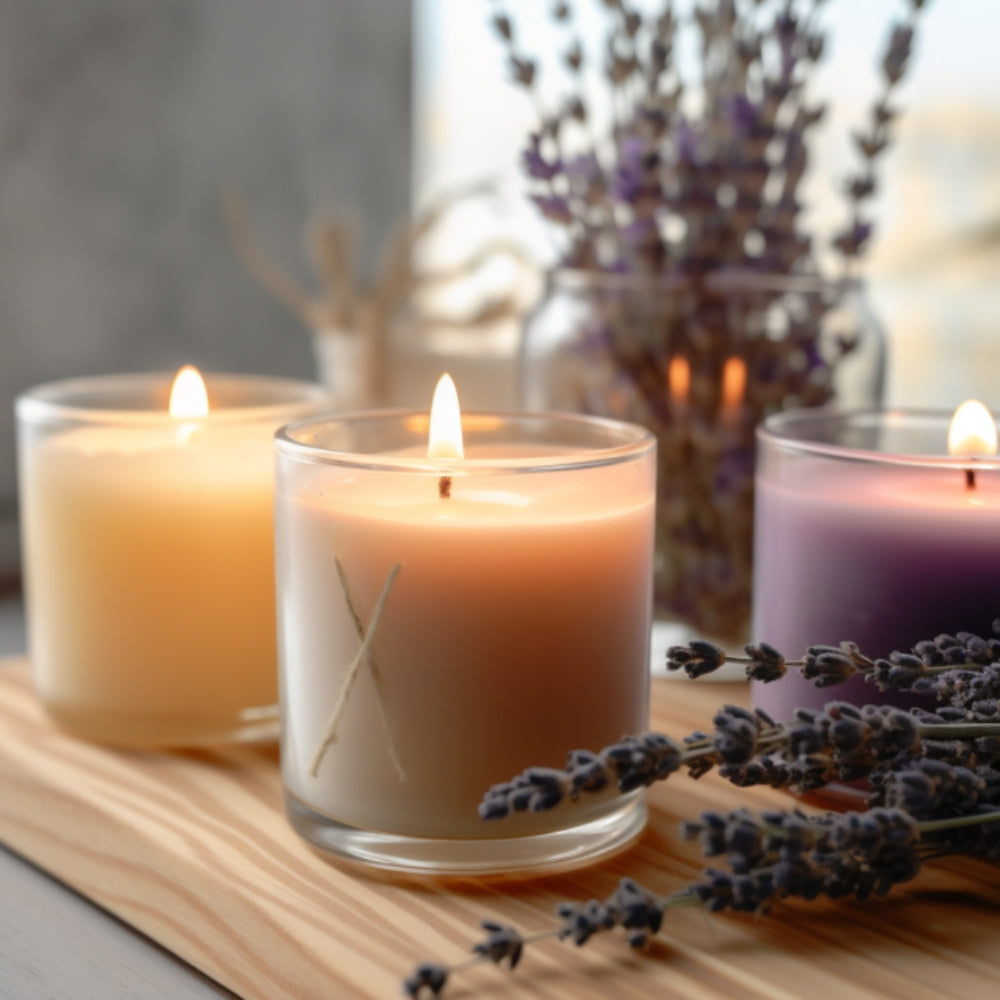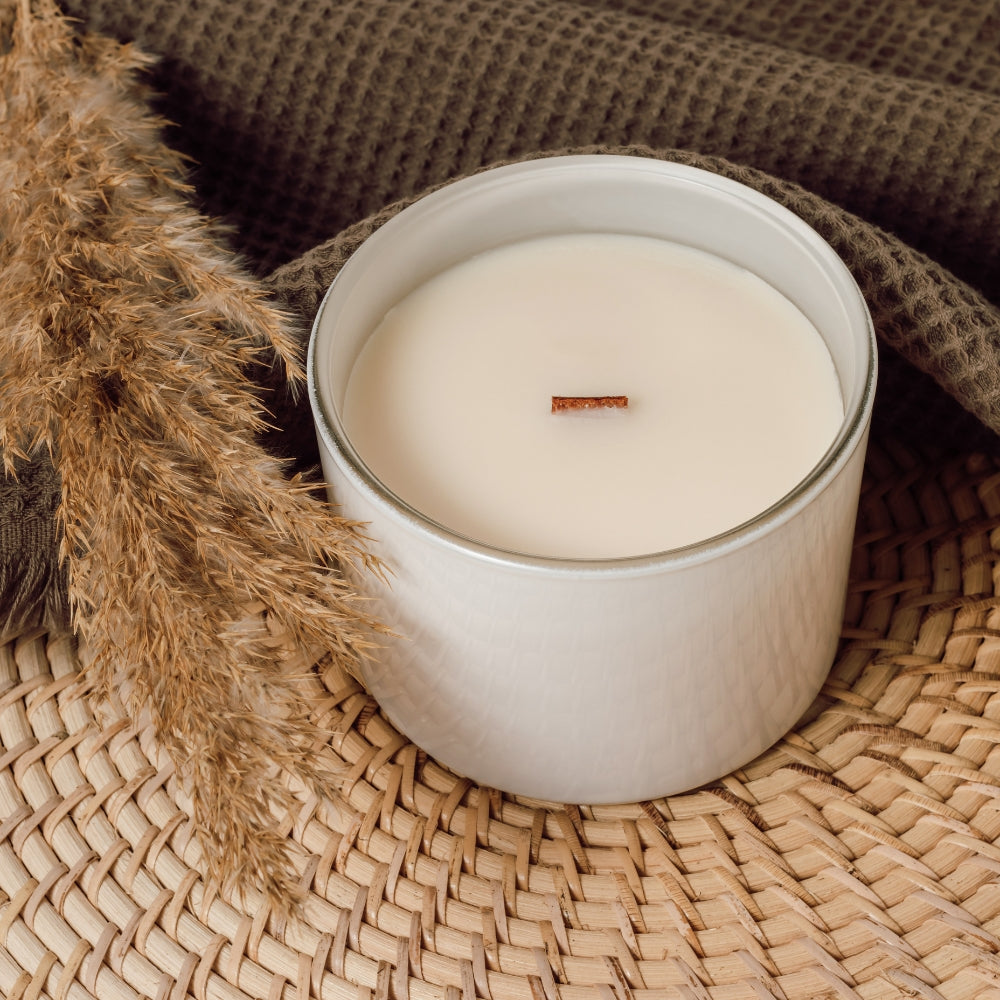The Lowdown on Those Pesky Wet Spots in Your Candles: Prevention & Remedies
Candles exude an ambiance of tranquility, infusing spaces with a warm, inviting aura. However, candle enthusiasts often encounter an unsightly flaw commonly referred to as 'wet spots'. These blemishes, appearing like patches of moisture trapped within the wax, can detract from the aesthetic appeal of your beloved candles. This blog post aims to shed light on the enigma of candle wet spots, their causes, and effective prevention strategies.
At first glance, wet spots may seem like a quality control issue, suggesting that the candle has been exposed to moisture. Contrarily, these are the result of the wax's contraction away from the glass container during the cooling process, creating an illusion of trapped water. This phenomenon is particularly common in soy candles due to their inherent nature of expanding and contracting with temperature fluctuations.
Understanding the cause of wet spots is the first step towards their prevention. Here are some tried and tested strategies to help you mitigate this issue:
Crafting the perfect candle is as much an art as it is a science, requiring patience, precision, and an understanding of the materials at hand. With these tips, you can reduce the likelihood of wet spots and continue creating beautiful, high-quality candles.
Remember, every candle tells a story, wet spots are just part of the journey, not the destination. Happy candle-making!
At first glance, wet spots may seem like a quality control issue, suggesting that the candle has been exposed to moisture. Contrarily, these are the result of the wax's contraction away from the glass container during the cooling process, creating an illusion of trapped water. This phenomenon is particularly common in soy candles due to their inherent nature of expanding and contracting with temperature fluctuations.
Understanding the cause of wet spots is the first step towards their prevention. Here are some tried and tested strategies to help you mitigate this issue:
- Controlled Cooling: Rapid cooling often leads to the formation of wet spots. To minimize this, allow your candles to cool slowly in a room with a stable temperature. Avoid drafty areas and quick cooling methods like the refrigerator.
- Appropriate Pouring Temperature: The temperature at which you pour wax into the container can significantly impact the formation of wet spots. For most soy waxes, a pouring temperature between 120-140 degrees Fahrenheit seems to work best. Experiment with different temperatures to find your wax’s sweet spot.
- Pre-Warming Containers: Pre-heating your glass containers can assist in slowing the cooling rate of the wax, reducing the likelihood of wet spots. Place your containers in a warm oven just before pouring the wax.
- Quality Wax: Not all waxes are created equal in the world of candle making. Opting for higher quality, container-blend wax specifically designed to adhere to glass can reduce the incidence of wet spots.
- Adequate Wick Centering: An uneven wick can cause the candle to burn unevenly, causing temperature disparities that encourage wet spots. Ensure your wick is centered properly before the wax solidifies.
- Proper Storage: Storing your candles above 70 degrees Fahrenheit can help prevent these unwelcome guests from forming overnight. That's right, temperature plays a big role in the formation of wet spots.
- Use Opaque Vessels: Wet spots are most visible in clear glass containers, so opt for opaque vessels instead!
Crafting the perfect candle is as much an art as it is a science, requiring patience, precision, and an understanding of the materials at hand. With these tips, you can reduce the likelihood of wet spots and continue creating beautiful, high-quality candles.
Remember, every candle tells a story, wet spots are just part of the journey, not the destination. Happy candle-making!




Leave a comment
This site is protected by hCaptcha and the hCaptcha Privacy Policy and Terms of Service apply.